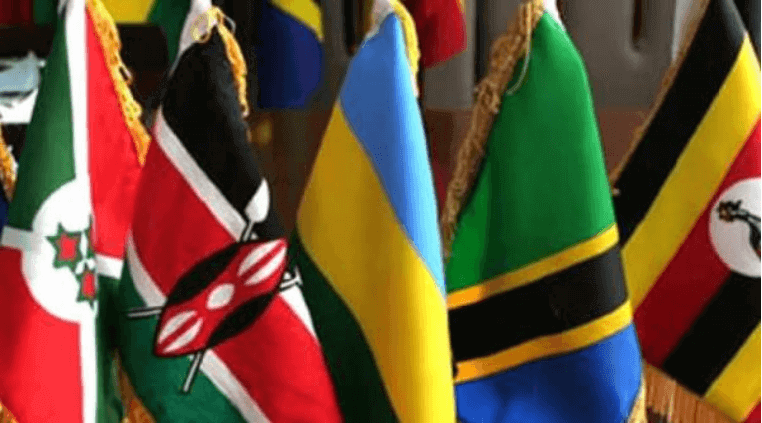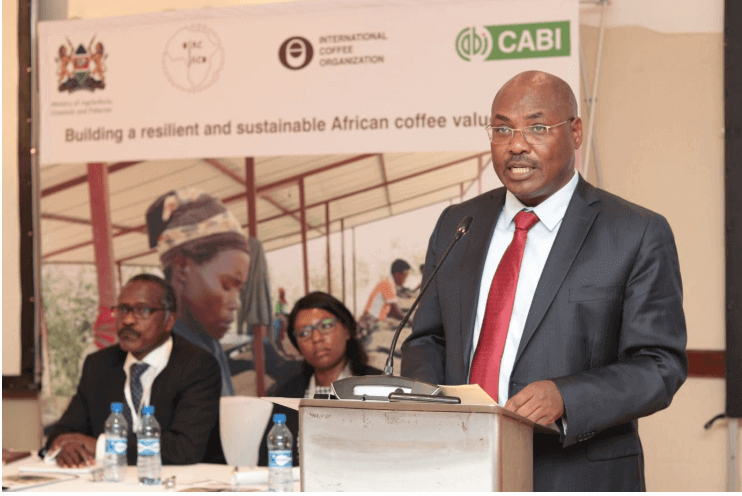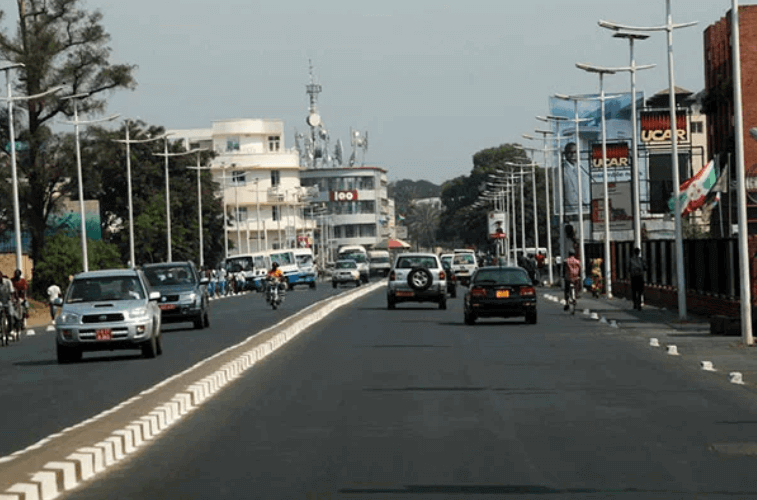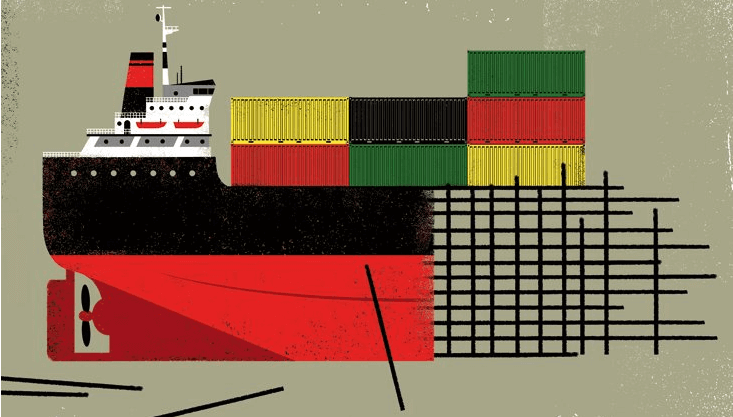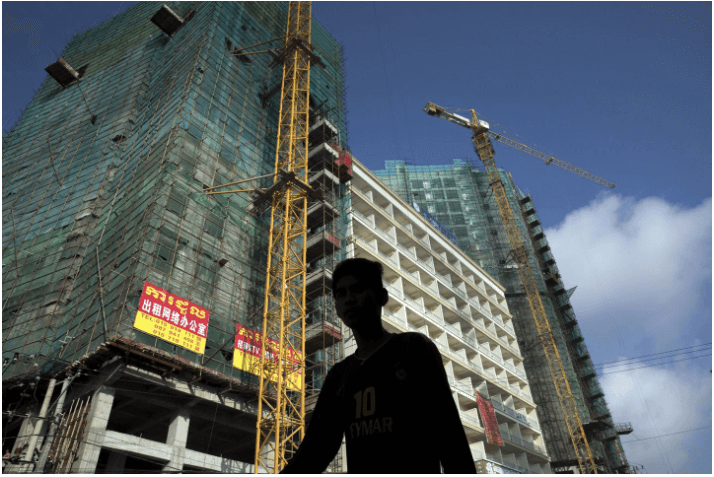Asmara. Economy in the Eastern Africa, which is one of the fastest growing regions, is projected to grow by 6.4 per cent this year, despite facing some major risks. The 14-member region, which has been growing by 6.6 per cent since 2014, faces domestic and global economic risks, but the United Nations Economic Commission for Africa (UNECA) says the countries have recorded improvements in agricultural production and sustained infrastructure investment which sustained growth and will continue to do so. The resolution of the political conflict between Eritrea and Ethiopia is also expected to provide a boost to growth in the Horn of Africa. Experts at the 23rd meeting of the intergovernmental committee of senior officials say the countries should now focus on regional cooperation to accelerate their economies. One of the challenges reported is weak trade between the countries with the East African Community (EAC) mentioned to have half of its potential. “Cross border problems affecting the region need a cross-border answer. Enhanced regional cooperation is needed to make regional growth more sustainable and inclusive,” said Mr Andrew Mold, the acting director for the ECA in East Africa who presented an analysis of the macroeconomic situation. Ethiopia, Rwanda and Tanzania are top three countries with the fastest growth rate of the Gross Domestic Product (GDP). The region is also said to have a challenge of debts with Kenya and Ethiopia mentioned staying atop the list. Besides, climate change was identified as another major challenge as the eastern Africa still suffers...
EA economy to grow by 6.4pc
Posted on: November 7, 2019
Posted on: November 7, 2019

